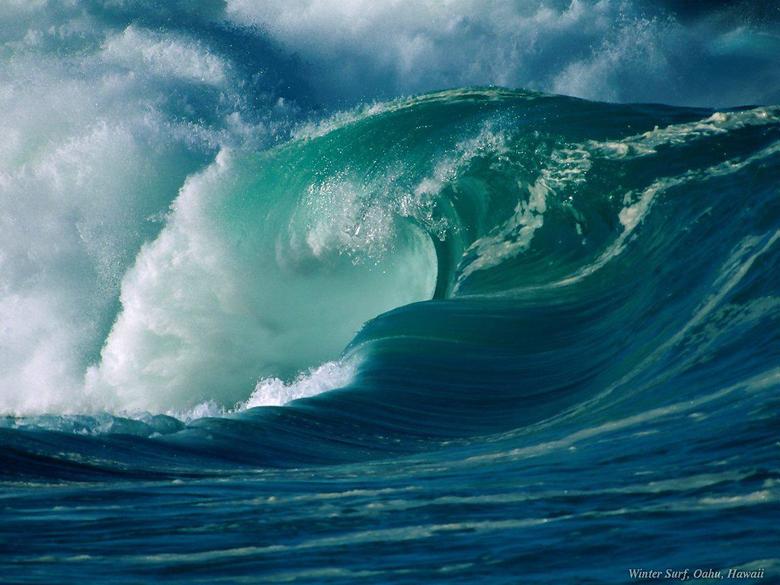
OCEAN'S GREEN LIGHT

The Obama administration on Friday gave the oil industry the green light to use air guns and sonic sensors to search for possible oil and gas under Atlantic waters, overriding environmentalists concerned that the seismic research can harm whales and other marine life.
Although geophysical research companies will still have to apply for individual permits to conduct seismic studies along the south- and mid-Atlantic coast — and undergo more rigorous environmental scrutiny of their specific plans — the Interior Department's formal decision opens the door for the activity.
Friday's move also helps pave the way for possible drilling off the East Coast in the 2020s, by giving the industry a new chance to prove the oil and gas potential of the area right as the Obama administration is assembling a five-year plan for selling offshore energy leases beginning in late 2017.
Nine companies have told the Interior Department's Bureau of Ocean Energy Management they want to do the work, which would represent the first geophysical data collection along the East Coast in more than three decades.
Environmentalists accused the Obama administration of caving to the oil industry by formalizing an approach that would impose modest limitations on the seismic research instead of mandating more rigorous safeguards or barring the activity altogether.
"For more than 30 years, the Atlantic coast has been off-limits to offshore drilling," said Oceana campaign director Claire Douglass. "Today, our government appears to be folding to the pressure of Big Oil and its big money."
Michael Jasny, director of the Natural Resources Defense Council's Marine Mammal Protection Project, called seismic exploration "a gateway drug to offshore drilling."
But the oil industry isn't getting everything it wanted.
The American Petroleum Institute, the National Ocean Industries Association and other groups had unsuccessfully urged the Interior Department to scale back proposed timeouts to watch for animals before ramping up testing and possible requirements that companies shut down activities when dolphins and other animals are nearby.
API officials have called the restrictions "arbitrary and unnecessary," asserting they were based on flawed projections about the number of animals that could be hurt.
"Operators already take great care to protect wildlife, and the best science and decades of experience prove that there is no danger to marine mammal populations," API's upstream director, Erik Milito, said Friday. "Restrictions that have no scientific basis can easily discourage exploration, private investment and job creation. Regulators should rely only on sound science when setting permit requirements."
Other limitations include closing access to the migratory routes of the endangered North Atlantic right whale and prohibiting multiple seismic surveys from being conducted at the same time.
The administration stopped short of requiring companies to use still-developing, quieter technologies, such as one known as marine vibroseis.
Walter Cruikshank, acting director of the ocean energy bureau, said the agency relied on public comments, scientific research and other evidence in developing the safeguards.
There is "a very strong suite of mitigation measures we've developed here . . . that are really aimed at trying to mitigate the impact on wildlife," Cruikshank told reporters on a conference call.
Seismic research is generally conducted with compressed air guns that produce loud, periodic blasts underwater. After the sound waves penetrate the seafloor and bounce back, they are captured by long arrays of sensors towed behind seismic vessels. The resulting data is used to produce detailed, three-dimensional maps that reveal underground geological features and potential reservoirs.
Conservationists say the pulses of sound can injure marine life that are especially reliant on their hearing for navigation, including the roughly 500 North Atlantic right whales still estimated to be alive.
"These dynamite-like blasts . . . are loud enough to kill small organisms like fish eggs and larvae at close ranges and can disrupt the behavior of large animals like whales and dolphins from up to 100 miles away," Oceana's Douglass said.
Geophysical survey firms say some of the proposed restrictions could be expensive, forcing them to halt activity and then spend potentially a half day or more repositioning arrays before resuming tests.
Although the oil industry uses seismic studies to look for potential subterranean pockets of crude and gas, the geological and geophysical research covered by the Interior Department's decision also helps identify sand and gravel that can be harvested for restoring coasts. And, increasingly, the data provides data for the planning of offshore renewable energy installations, including where to install wind turbines.
Cruikshank stressed that the Interior Department's move does not authorize any specific geological and geophysical activities; individual companies pursuing the work would have to win permits not just from the ocean energy bureau but also the National Fisheries Service. It also does not suggest any final decisions on oil and gas drilling in the region, he said.
Industry representatives and government officials suggested that Friday's decision could lead to individual seismic studies early next year. But conservationists have threatened to challenge the administration's decision and approach in court, potentially slowing the timeline.


